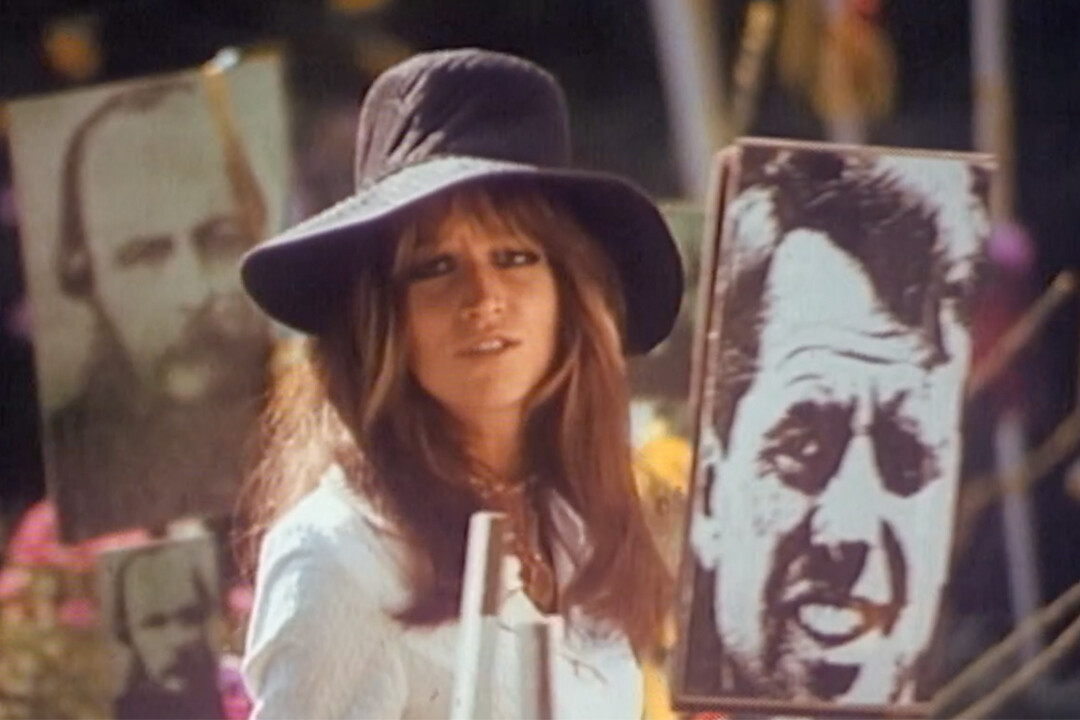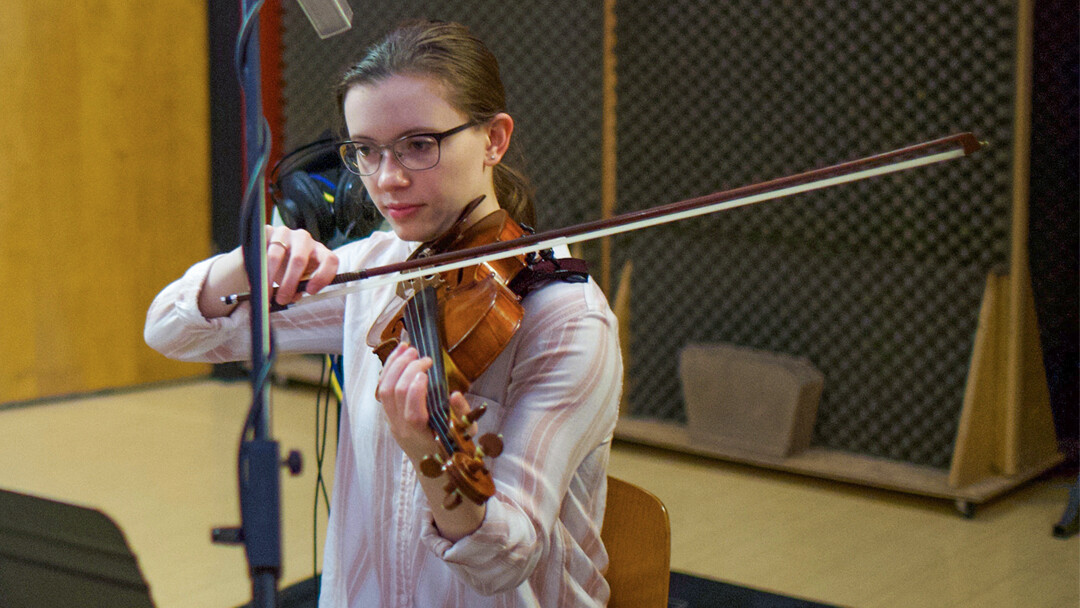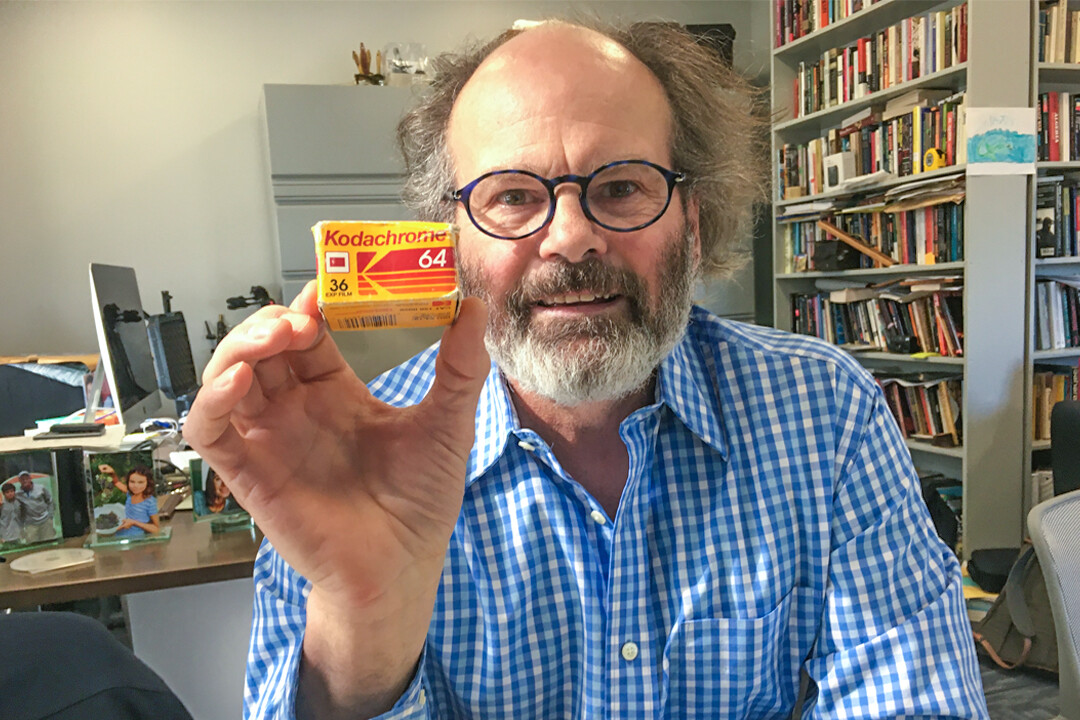
Pop singer Marta Kubišová was a 1960s sensation in her home country of Czechoslovakia — until the Soviet-led invasion, when she was blacklisted by the communist regime and banned from performing.
Nebraska’s James Le Sueur is exploring stories like these in “The Art of Dissent,” his feature documentary film that will premiere online at the upcoming Middlebury New Filmmakers Festival and Newburyport Documentary Festival. The film explores the role of artistic activism during Czechoslovakia’s communist takeover and nonviolent transition from communist power.
The events leading up to that transition, known as the 1989 Velvet Revolution, are often framed around a specific hero: Václav Havel, a playwright and dissident who became the country’s first president.
Le Sueur, however, has spent his career studying the interconnected relationships that form movements, challenge power and, sometimes, create lasting political change.
“I know that one strong person isn’t the story — the real story is how all these dissidents fit together to form a movement and take on the authoritarian regime,” said Le Sueur, Samuel Clark Waugh Distinguished Professor and chair of the Department of History. “Our film celebrates the power and courage of dissent, which created a tolerant civil society. One of the purposes of this film is to ask: What is the role of criticism?”
To answer these questions, Le Sueur worked with Czech TV’s Martin Bouda and film partner Mariana Čapková to conduct dozens of in-person interviews. Among these interviews: pop singer Marta Kubišová, who was active in the dissident movement. Many dissidents were imprisoned and followed by secret police; others left the country, scattering their music and message around the world.
“In addition to the amazing film we used from Czech TV in Prague, we pulled film archives from many different countries — footage that had never been seen before,” Le Sueur said “To tell the story of dissent, we had to go outside the Czech Republic, because our subjects were banned. Putting these archives together with modern-day interviews gave us the ability to use the past and the present in our storytelling.”

Closer to home, Le Sueur sought campus collaborators to help tell the film’s story through music. The score is written and directed by Tom Larson, assistant professor of composition, and features faculty musicians, including bassist Hans Sturm, pianist Mark Clinton and clarinetist Diane Barger.
“When I first saw a rough cut of ‘The Art of Dissent,’ I quickly realized this film has a very compelling and important story,” Larson said. “It needed music that conveyed heroism, as well as music that conveyed the struggle in the darkest days of the resistance. I also wanted influences from the bombastic and dark patriotic music of the Soviet Union.”
Recent graduate Claudia Holm is among the musicians who helped create these themes in the recording studio. The score was recorded while she was a senior majoring in violin performance, and her violin is heard throughout the film, including as the main motif in its opening scenes.

“Right off the bat, I got to hear my playing, which is kind of surreal,” Holm said. “I’m also in the credits, which is something I’ve always wanted. It was very cool to dive into a project like this at such a young age and have this experience so early in my career.”
The makings of a historian filmmaker
While Le Sueur originally considered collaborating with Hollywood studios, he decided to work with Czech TV and NUtech Ventures, the university’s commercialization affiliate, to maintain creative control as director. NUtech owns the rights to the film’s intellectual property, serves as an executive producer — in addition to FRMOL Production in Prague — and helped navigate legal agreements related to archival footage and music from foreign countries.
“At Nebraska, I had people who understood what I was trying to do, and they wanted to see me do it,” Le Sueur said. “This could only happen here. My editor, Evženie Brabcová, said, ‘No other university in the world is doing film like this.’ Nebraska helped this project flourish.”
As a co-producer of “The Art of Dissent,” Le Sueur wrote, directed and narrated the film, but his role expanded beyond that of a typical historian. He also operated his own video cameras, set up lights and microphones, and taught himself film editing, in addition to researching archival footage and conducting interviews.
These filmmaking skills aren’t entirely new. Le Sueur carries around an old roll of Kodachrome film as a reminder of time as a first-generation undergraduate student studying photojournalism at the University of Montana. He originally explored a path as a professional photographer but turned down a job offer from Sports Illustrated to pursue advanced degrees in history, ultimately shelving his photography ambitions.

Until 15 years ago, Le Sueur kept these two worlds separate. But on a trip to South Africa, while working on a book about post-colonial tourism, he had a revelation.
“I was tape-recording interviews with former political prisoners on Robben Island, and I looked at my stack of tapes and thought, ‘Why wasn’t I filming these interviews?’” Le Sueur said. “That’s when I realized I needed to bring cameras back out of my tool kit. I realized if I wanted to do history in a creative, informative way that reaches more people, I need to bring this back.”
Acting as both filmmaker and historian presents new challenges. Le Sueur remembers one harrowing moment in Oxford, England, when a microphone malfunctioned in the middle of an interview with a prominent historian.
“That makes you freak out — you’ve flown across the world to do an interview and the mic doesn’t work,” he said. “I had a backup camera, but it was a little scary.”
He’s now teaching these lessons to his own students, with classes such as History Harvest that include instruction on making documentary films.
“I think filmmaking can transform the field of history,” Le Sueur said. “There are so many oral histories and stories that people need to tell and want to tell. In my experience, almost everybody opens up once you turn the camera on. There’s a magic to it.”







